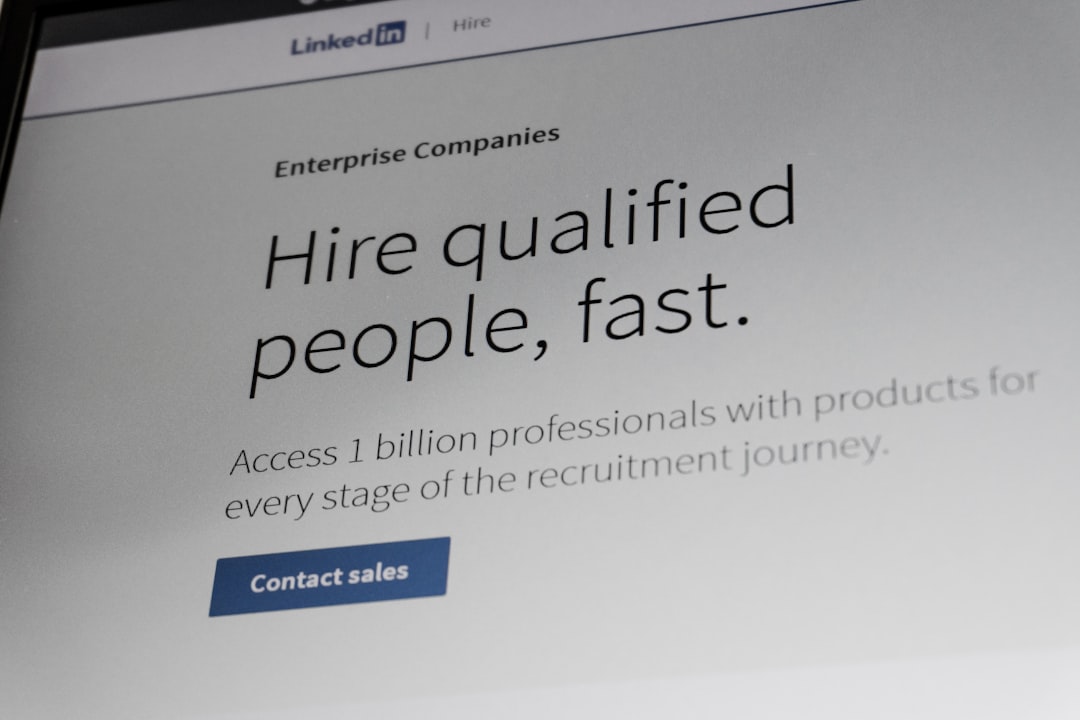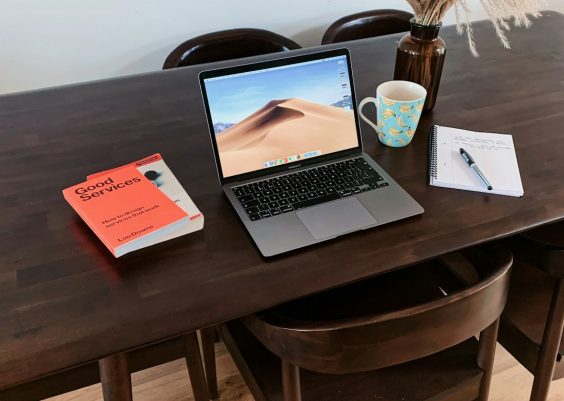Leaving or being let go from a major tech company like Google often comes with more than just emotional and professional consequences—it can also mean facing contractual obligations, including what’s referred to as a “cool-off period.” Whether you’ve recently left Google, are considering reapplying, or simply curious, understanding the ins and outs of Google’s cool-off period is essential for planning your next steps in the tech industry.
TLDR (Too Long, Didn’t Read)
The Google cool-off period refers to a mandated waiting time before a former candidate or employee can reapply for a role at the company. Usually, this period ranges between 6 to 12 months, depending on the situation—such as whether you voluntarily withdrew from the process or failed a final interview. The policy can vary across teams and roles, so it’s always best to confirm directly with a recruiter or HR. Knowing how this period works helps set realistic expectations for re-application and future hiring possibilities at Google.
What Is a Cool-Off Period?
The term cool-off period refers to the span of time during which an individual is expected to wait before reapplying to a company after an unsuccessful job application. At tech giants like Google, this is a well-defined policy designed to:
- Give candidates time to gain new experiences or improve their skills
- Avoid duplicate evaluations of the same applicant within a short time
- Ensure fairness and consistency in the hiring process
For Google, the cool-off period typically follows unsuccessful interview rounds but can also apply when a candidate voluntarily drops out during or after initial screenings.
Standard Cool-Off Duration
Most of the time, Google’s standard cool-off duration is 180 days (approximately 6 months). However, the exact length depends on the stage where the application process ended. Here’s a breakdown:
- Failed technical interview: Usually results in a 6-month cool-off period.
- Rejected after final onsite interviews: Often extends to 12 months.
- Withdrew application voluntarily: May still require a 6-month wait, depending on how far into the process withdrawal happened.
These timelines are gleaned from public forums like Blind and Reddit, as well as insights from hiring managers and tech recruiters who have worked with Google.
Is the Cool-Off Period Enforced for All Roles?
Interestingly, the cool-off period is not enforced uniformly across all roles and teams. For example:
- Software Engineering Roles: Typically stricter, given the structured interview process and coding expectations.
- Sales or Marketing Roles: May have more flexibility, especially if your resume can show significant growth or new strategic experience.
- Internal Referrals: Sometimes, internal referrals from trusted employees can bypass or help reduce the cool-off period, although this is not guaranteed.
Therefore, it’s critical to talk to a recruiter specific to the role you’re targeting. They can provide case-specific insights.

Why Does Google Have a Cool-Off Policy?
Google, like many other top-tier companies, receives millions of job applications every year. To streamline this process and enhance candidate quality, the company employs the cool-off policy for several reasons:
- Candidate Development: Re-applying after time allows candidates to learn from feedback, improve skills, and return stronger.
- Operational Efficiency: Reduces redundancy in HR efforts and ensures fresh evaluations each cycle.
- Resource Allocation: Prevents overburdening interviewers with repeat assessments of recent candidates.
This is not meant to penalize candidates, but rather to encourage their improvement and streamline Google’s extensive hiring pipeline.
Can You Reapply Before the Cool-Off Ends?
Generally, no. Google uses an internal tracking system that will automatically flag reapplications during the cool-off period. However, there are exceptions where a new application might be permitted earlier:
- You have dramatically improved your qualifications or gained new certifications.
- You are referred internally by a senior employee or director.
- The role is fundamentally different from your previous application.
Even in these rare cases, the final call rests with recruiters and the People Operations team at Google.
How to Know When Your Cool-Off Period Ends
There are a few ways to determine your personal reapplication eligibility:
- Check the rejection email: Often contains a mention of how long to wait before reapplying.
- Contact your recruiter: If you’re unsure, reach out and clarify directly.
- Track interview dates: Using the date of your last interview or application status update, calculate the projected wait period.
It’s important not to gamble with premature applications as this could reflect poorly on your candidacy and get flagged automatically.
Can You Apply for a Different Role During the Cool-Off?
Yes, but with caution. Google differentiates between “roles” and “teams.” If you were rejected from a Software Engineer Level III position, applying for a completely different function—like Product Marketing Manager—might be permissible. However:
- It still depends on the HR policies at that time.
- The system might still flag your email or candidate ID if you’re within the general cool-off window.
In such cases, a strong internal recommendation or third-party recruiter who works with Google can sometimes negotiate your case.

Tips to Improve Your Odds After a Cool-Off Period
Use the waiting time wisely to strengthen your profile. Here are several tips:
- Up-skill with courses: A certificate in cloud engineering, machine learning, or data analytics can significantly improve your candidacy.
- Build portfolio projects: Particularly relevant for roles in design, software, and AI/ML.
- Engage in open-source contributions: Demonstrates real-world coding and collaboration skills.
- Refine your resume: Ensure it’s keyword-optimized and tailored for the specific position.
Entering your next application cycle demonstrably better than before does not go unnoticed by recruiters and hiring managers.
Final Thoughts
The Google cool-off period, while sometimes frustrating, serves a clear purpose in maintaining hiring rigor and improving candidate quality. Depending on where you exited the interview process, you may face a wait of 6 to 12 months before reapplying. However, this time can be a valuable period for growth, reflection, and skill acquisition. Always communicate with recruiters and stay informed to navigate your path back to Google—or possibly a better opportunity elsewhere.
By understanding the cool-off policy and approaching it strategically, candidates can ensure a stronger, more successful reapplication in the future.




